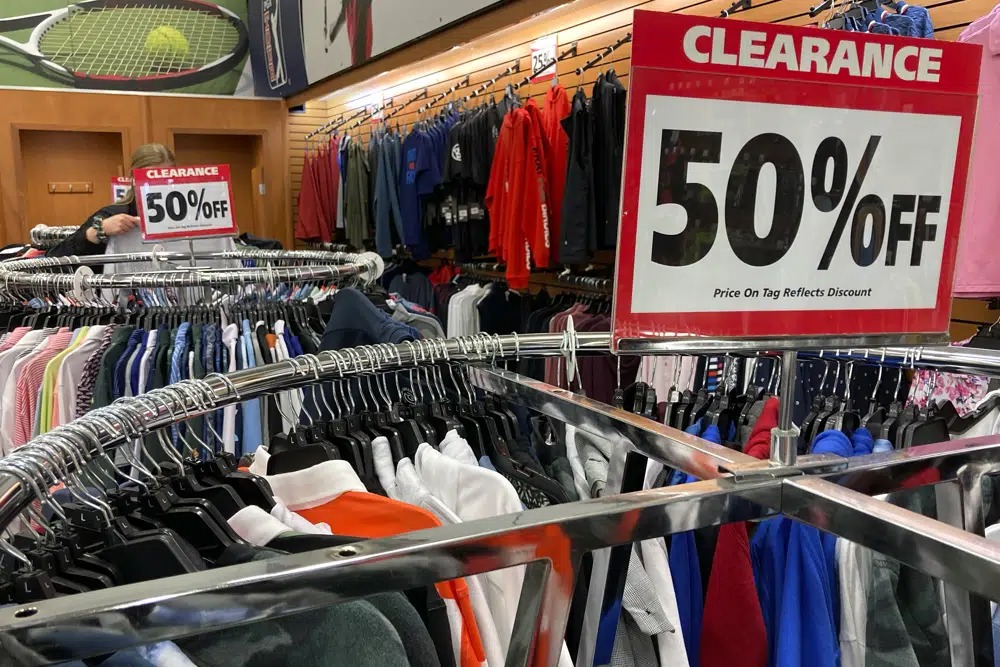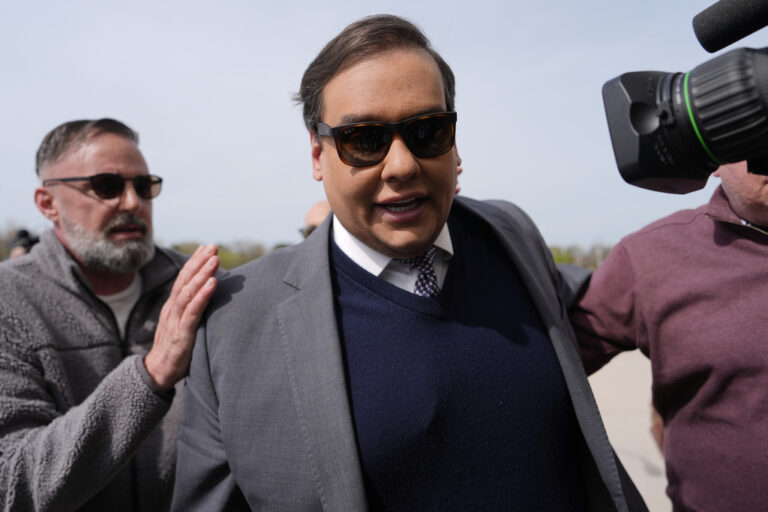Consumer prices in the United States rose again in April, and measures of underlying inflation stayed high, a sign that further declines in inflation are likely to be slow and bumpy.
Prices increased 0.4% from March to April, the government said Wednesday, up from a 0.1% rise from February to March. Compared with a year earlier, prices climbed 4.9%, down slightly from March’s year-over-year increase.
Even with price pressures rising in April, the latest data did provide some evidence of cooling inflation. Grocery prices fell for a second straight month. And the cost of many services, including airline fares and hotel rooms, plunged. Though apartment rents rose in April, they did so more slowly than in previous months.
The Federal Reserve’s policymakers have been closely watching services prices, and April’s mild data could lead them to do what they had signaled they might do after they met last week: Pause the 10 interest rate hikes they have imposed since March of last year in their drive to tame inflation, while they assess the economic impact that the higher borrowing costs have had.
Measured year over year, last month’s decline in inflation was much less than in previous months, underscoring that consumer price increases might not fall back to the Fed’s 2% target until at least well into next year.
Excluding volatile energy and food costs, so-called core prices rose 0.4% from March to April, the same as from February to March. It was the fifth straight month that they have risen at least 0.4%. Core prices are regarded as a better gauge of longer-term inflation trends.
Compared with a year ago, core inflation rose 5.5%, just below a year-over-year increase of 5.6% in March.
“This is a story of still-sticky core inflation at an elevated level,” said Blerina Uruci, chief U.S. economist for fixed income at T. Rowe Price. “This report puts the Fed on track to keep rates high this year.”
For everyday consumer items, Wednesday’s inflation report was mixed. Gasoline prices jumped 3% just in April. By contrast, grocery prices dropped for a second straight month. Used car prices surged 4.4% after nine months of declines.
Airline fares, though, dropped 2.6% in April, and hotel prices plunged 3% after four straight monthly increases.
The Fed is paying particular attention to a measure of services inflation that covers such items as dining out, hotel stays and entertainment and that has remained chronically high for much of the past year. This measure, which excludes energy services and housing, rose just 0.1% from March to April and 5.2% compared with a year ago. It had exceeded 6% earlier this year.
Across the economy, consumers and businesses continue to struggle with higher costs.
Donald Minerva, who owns the Scottadito Osteria Toscana, an Italian restaurant in Brooklyn, says he has had to raise his prices several times since the pandemic struck to keep pace with rising costs for raw ingredients, all kinds of insurance and higher wages.
Minerva has tried to find ways to save on costs. He has stopped serving lunch during the week and is closed on Mondays and Tuesdays. Even with the reduction in hours, though, his labor costs are about 10% higher than before the pandemic.
Consumers are starting to resist higher prices, Minerva said, forcing him to skip expensive menus for such holidays as Valentine’s Day and Mother’s Day. He introduced a more expensive prix fixe menu for New Year’s, only to see some customers cancel.
“People are not spending as much money,” he said. For New Year’s Eve dinner, “we did what we normally did, and we lost the holiday.”
For more than two years, high inflation has been a significant burden for America’s consumers, a threat to the economy and a frustrating challenge for the Fed. The central bank has raised its key interest rate by a substantial 5 percentage points since March 2022 to try to drive inflation back down to its 2% target.
Besides making borrowing far more expensive for consumers and businesses, those higher rates have contributed to the collapse of three large banks in the past two months and to a likely pullback in bank lending. The result could be a further weakening of the economy.
Even more ominously, the government’s debt ceiling may be breached by early June, and Republicans in Congress are refusing to raise the cap unless President Joe Biden and congressional Democrats agree to sharp spending cuts. If the debt ceiling isn’t raised in time, the nation would default on its debt, a scenario that could ignite a global economic crisis. When they met last week, the Fed’s policymakers agreed to raise their benchmark rate by a quarter-point, to about 5.1% — the highest level in 16 years. The Fed’s rate hikes, which are intended to cool spending, growth and inflation, have led to higher costs for mortgages, auto loans and credit card and business borrowing.
Most economists think the rate hikes will, over time, have their intended effect. Yet most also worry that the hikes will weaken the economy so much as to tip it into a recession sometime this year.
(AP)











